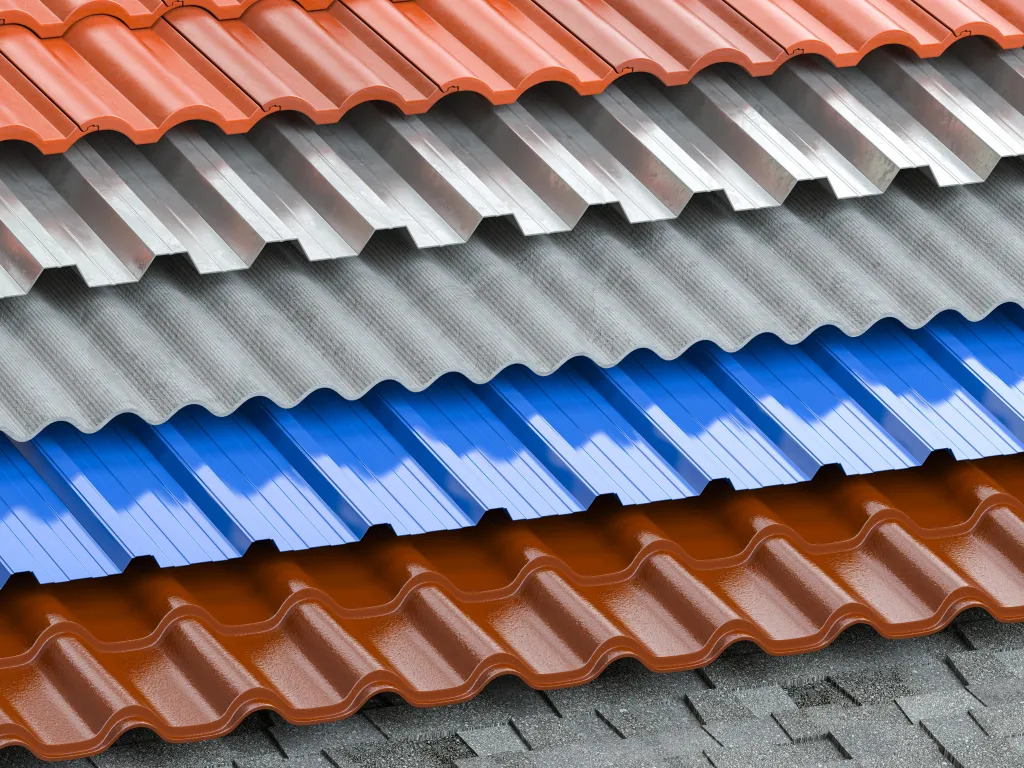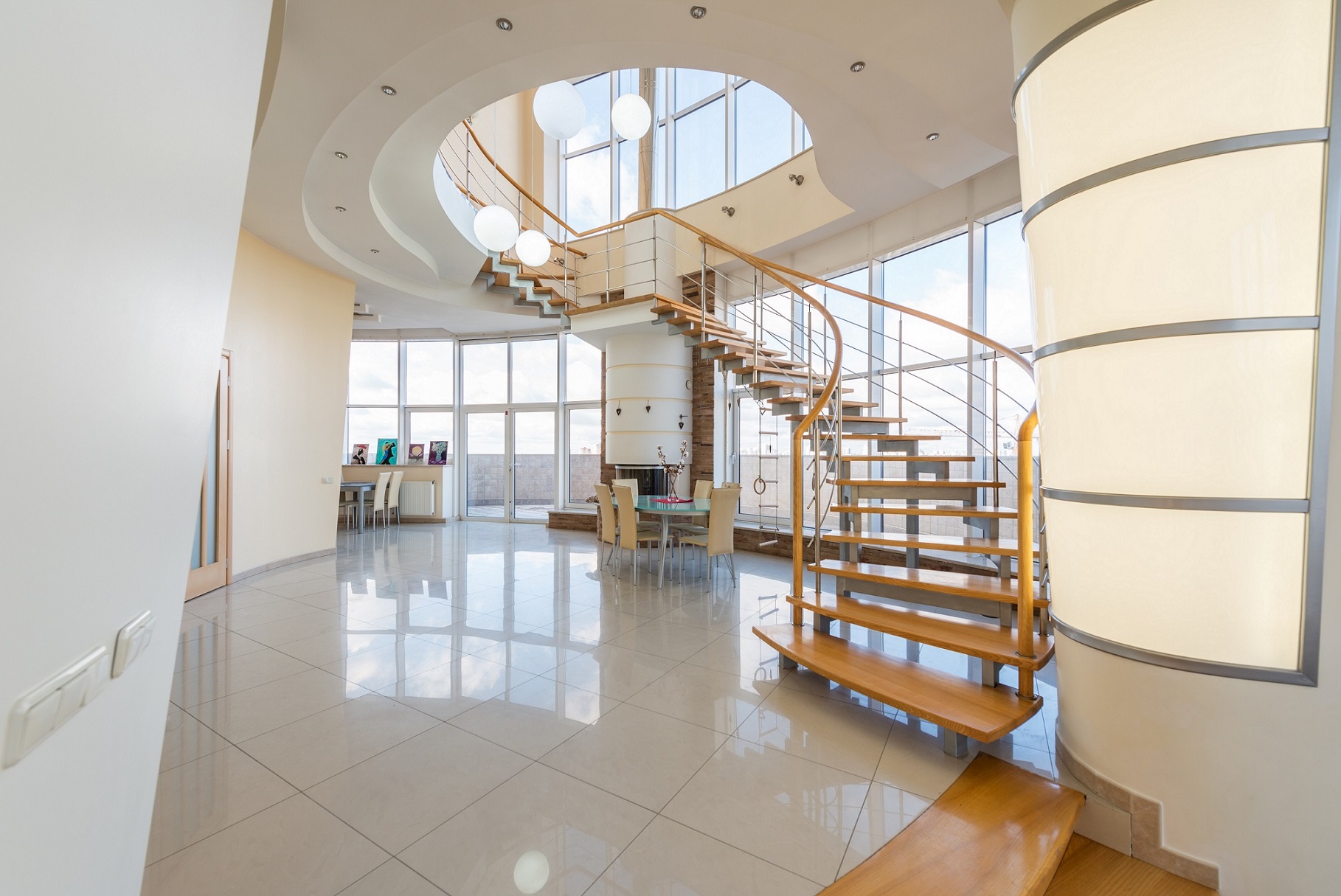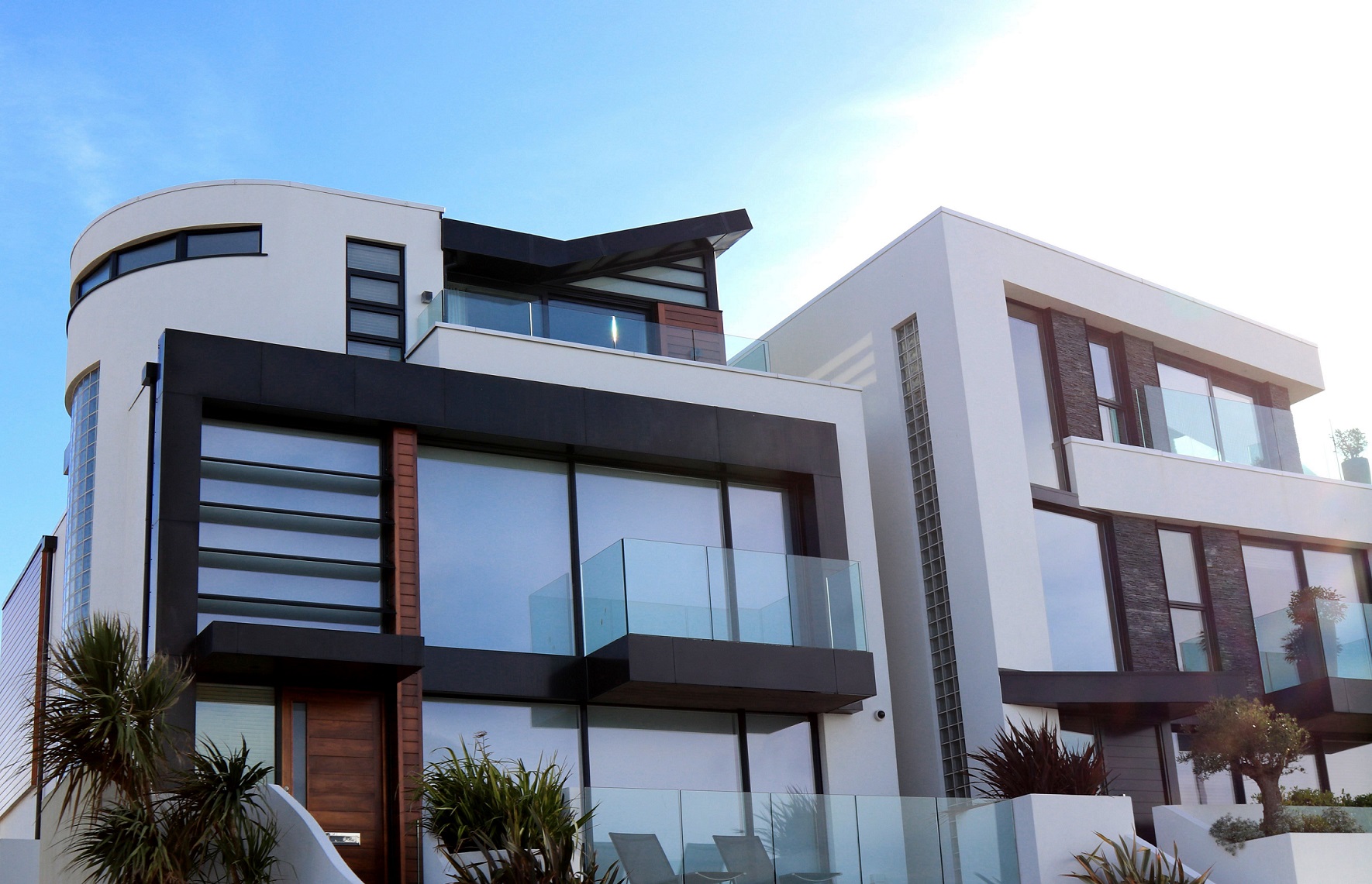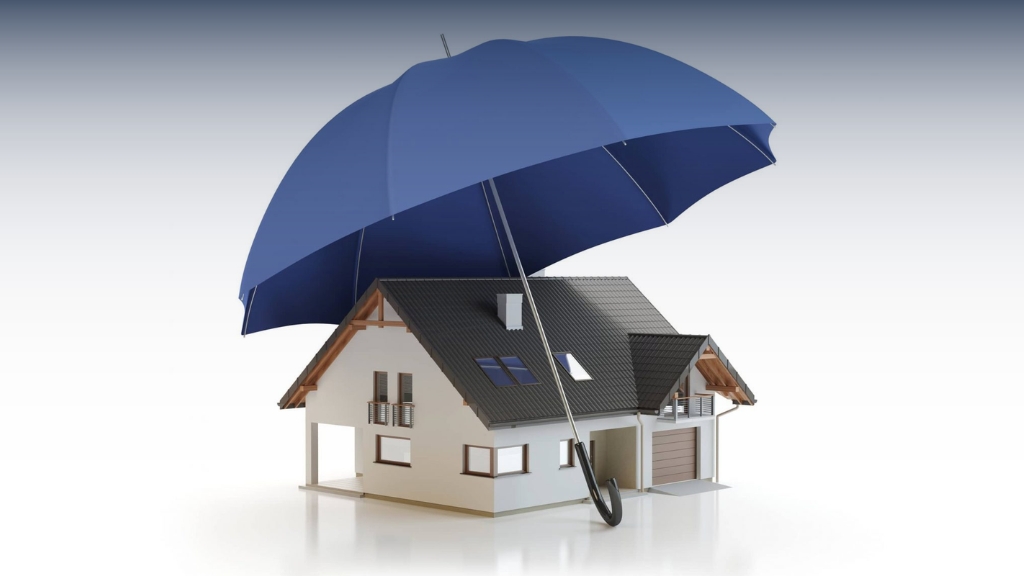Roofs are the most important element of any building, structurally and otherwise. It is the element that gives a sense of protection and security while providing stability to the structure. Roofs are also key to the architectural appeal of the building and are one of the most prominent features. Ironically, it is also the element that is the most mismanaged or understated during design and construction.
Multiple factors need to be taken into consideration while deciding the nature of the roof and the materials that will go into making it. Some of the key factors are the climate, utility, energy efficiency of the home, architecture, and surroundings.
In this article, we will discuss 16 roofing materials that are apt for Indian conditions and the key considerations while selecting each of them.
Concrete

Concrete is the most widely used construction material and hence the first and most obvious choice. Concrete can be used in its poured form to become an integral part of the structure and to act monolithically with other structural members. The primary advantage of using concrete is its strength. Other factors like its water resistance, fire resistance, soundproof quality, smooth finish, and easy availability are things that weigh in its favor.
Concrete is available now in a variety of finishes and textures. Concrete has and is the first choice for house construction. Be it flat roofs or sloped roofs, concrete gives a sense of security and strength to homes. But care should be taken to treat the exterior face of concrete roofs. Waterproofing systems and reflective coatings should be applied to ensure water tightness and heat control.
Terracotta and Clay

Terracotta tiles have been a roofing favorite for hundreds of years. The primary reason is the easy availability of the raw material required to make terracotta – clay. Terracotta is made by molding and firing clay in kilns. Additives and colors are added to the raw clay to give it different properties and colors.
The porous tiles are also given protective coatings and sealants to make them resistant to water and heat. But terracotta is low in terms of strength when compared to concrete and is high maintenance as well. There can also be concerns about security and pest infestation if you want to use terracotta or clay tiles. Therefore while considering the use of these tiles in your homes, consider laying them over a concrete roof and not over the traditional wooden framework to prevent water leakage and pest infestation concerns.
Slate

Naturally, occurring slate is made into roofing tiles which are a premium option among roofing materials. Slate tiles can instantly uplift the look of your home with their sleek, classy, and neat look. Slate tiles are very durable, are low maintenance, and can give your space a premium look. Slate tiles are also available in a variety of colors like blue-black, purple, gray, mottled green, etc
But at the same time, there are a few considerations to be made if you are looking at slate tiles as a choice. Slate is a very heavy material, so be sure that the framework of your house is designed suitably to carry the weight. Slate is also one of the most expensive roofing materials and its installation needs skilled labor which can be hard to find. And these are very important considerations to account for in the budget.
Membrane Roofing
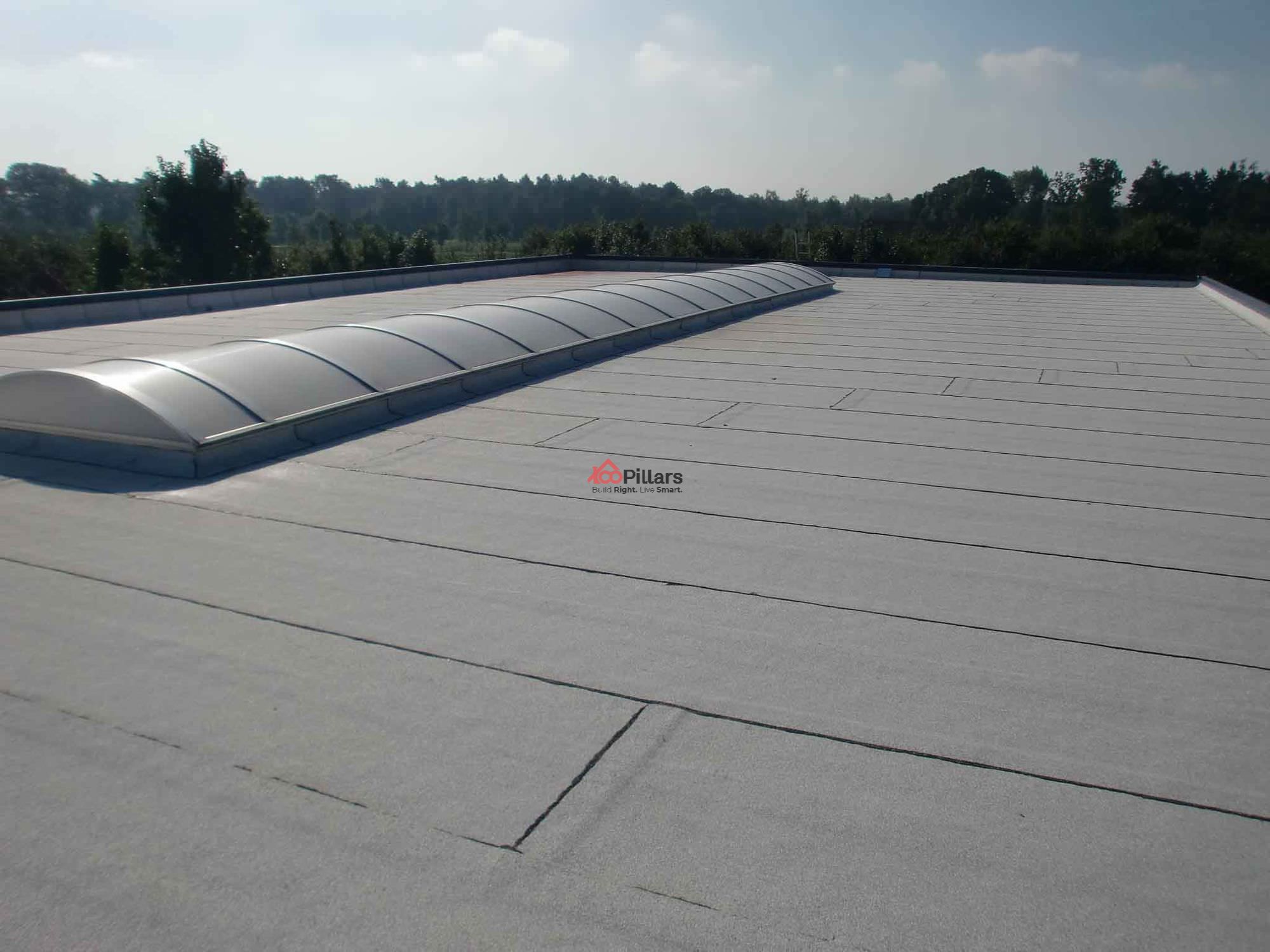
Membrane roofing systems are what is generally used as an additional layer over another substrate roof surface. These are typically used to achieve water tightness and hence are more popularly known as waterproofing membranes.
The most common forms of membranes are high-density polyethylene (HDPE), Polyvinyl Chloride (PVC), Neoprene, Ethylene propylene diene monomer (EPDM), and other forms of modified bitumens (also known as pitch roofing membranes). They are available in rolls and laid out as sheets on the roofs with care to minimize joints.
These are predominantly used as the base layer for swimming pools and water tanks in residences for waterproofing. But membranes are also used in the waterproofing of flat-roofed terraces in homes and many times in the retrofitting and refurbishment works of older homes.
Photovoltaic Shingles
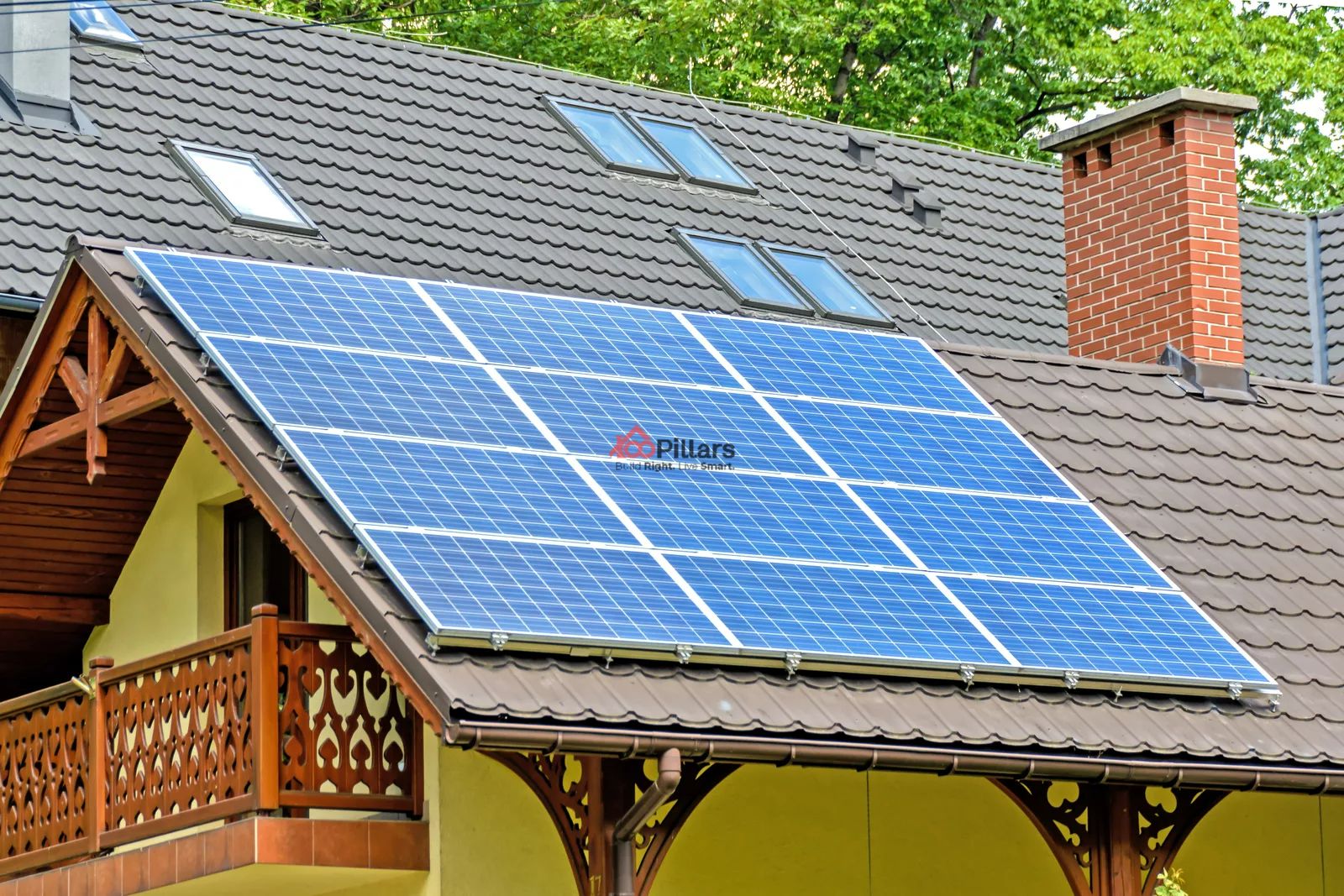
Photovoltaic shingles or solar shingles are solar panels that have been designed as tiles. Solar shingles can perform the utility of acting as a roofing material while producing energy using solar power.
They are an excellent choice to replace other traditional tiles in homes. These sleek tiles can be easily installed on a suitably sloped roof substrate. And can replace their bulky-looking cousins – solar panels. However, outputs from photovoltaic shingles are slightly lesser as compared to traditional solar panels.
For Indian homes, this becomes less of a problem though. Given that most regions in India receive ample sunlight throughout the year, this 2-in-1 roofing solution makes for a great money-saving and energy-saving option. The initial costs are easily offset in the long run and as a roofing option provides a very robust solution.
Asphalt Roofing Shingles
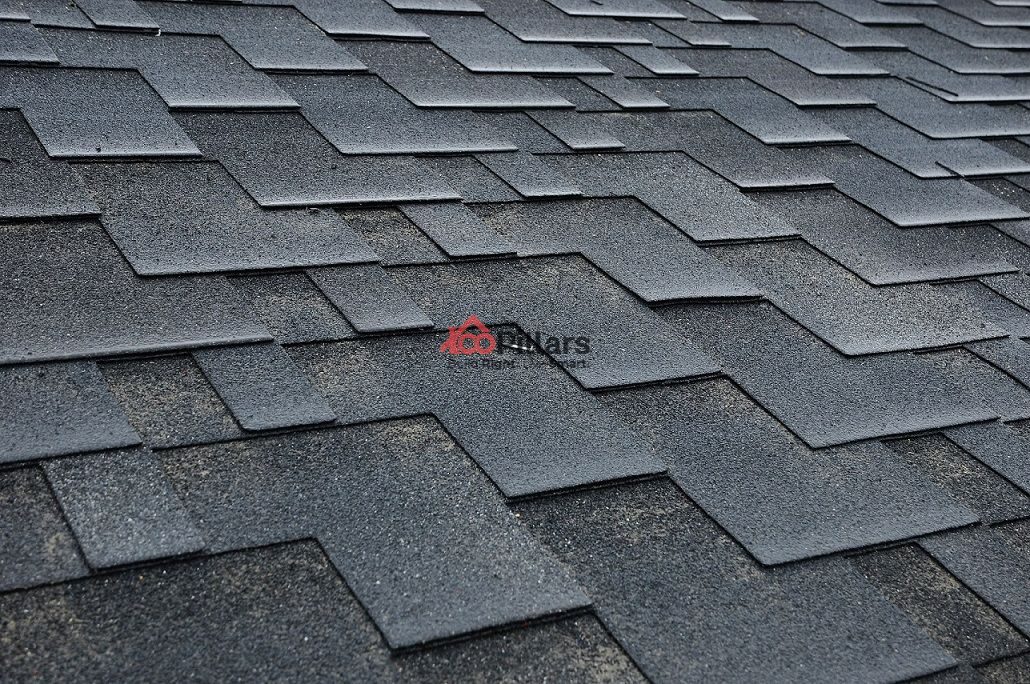
Asphalt roofing shingles are less common in India but widespread in the west. But given their easy application, low costs, and durability under certain conditions they are still used in India for specific functions.
Asphalt is a petroleum by-product and hence easily available. It is reinforced using other minerals and overlaid with fiberglass and certain other material to give it desired texture and color. The end product is a mat-like material that is flexible and can be cut and applied in various shapes and patterns.
The major advantage of asphalt roofing is that it is light and flexible. Modern-day sheets come with a strip of adhesive that makes them easy to apply too. Asphalt is naturally waterproof and lends its nature to this roofing material while also having a long life span. However, the disadvantages of asphalt also make them less preferred under certain conditions, especially in India. They are prone to organic growth like mold and fungi which in turn deteriorate the material. They tend to fare poorly against harsh weather and shrink under cold climates. As a homeowner, you might want to weigh the low initial costs against the disadvantages in the long run before you consider asphalt roofing.
Laminated or Architectural Roofing Shingles
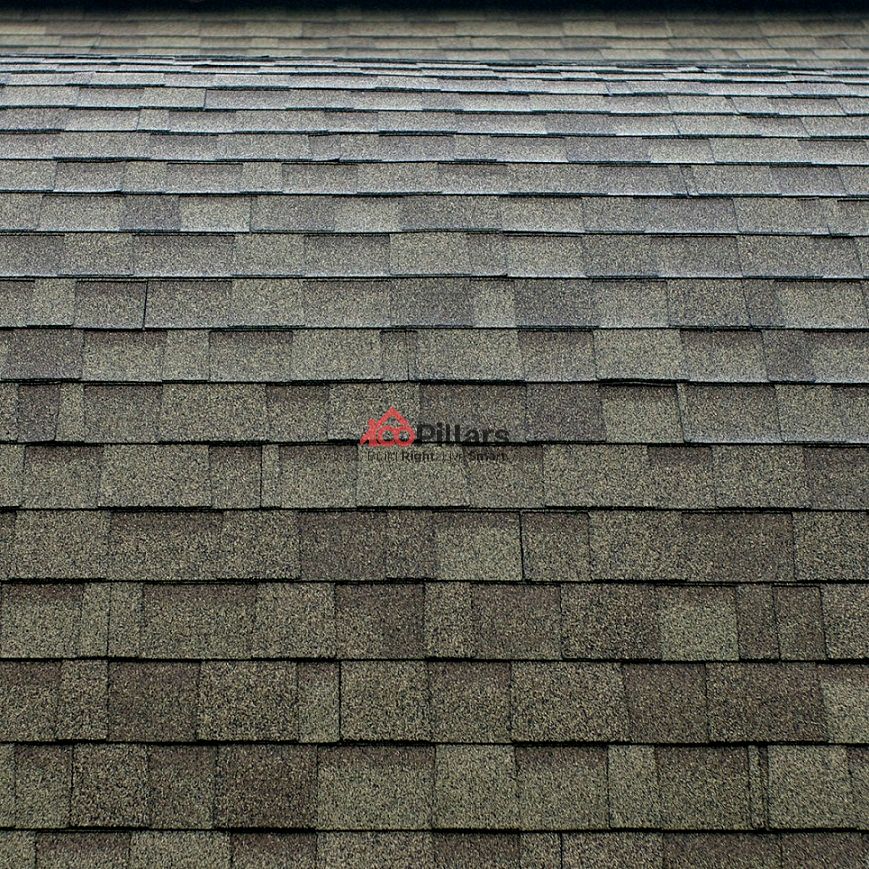
This type of roofing is a more robust and durable variety of asphalt shingles. Choosing this type of roofing over conventional asphalt shingles can help you overcome the latter’s disadvantages. Laminated shingles are 2 or multiple layers of asphalt strips imbued with minerals and fiberglass additives that are compressed together and laminated. Each of these layers can have different functions like the upper layer being more resistant to heat and mold while the lower layer increases the structural integrity of the shingle itself. The lamination serves 2 functions, the first being a protective layer that forms a seal and the second providing the shingle with desired colors and textures for architectural appeal.
Architectural shingles are slightly more expensive than traditional shingles but are worth the spend given the longer life they promise and the aesthetic appeal they bring. While considering architectural shingles for Indian homes it’s important to ensure that they aren’t exposed to very harsh climates and weather cycles with heavy monsoons. Arid conditions are best suited to moderate rainfall.
3-Tab Roofing Shingles

These types of roofing shingles are a subcategory of asphalt shingles discussed earlier. They are effectively a single piece of shingle that has 3 cutouts that when installed look like three separate pieces. They greatly add to the aesthetics of asphalt roofing designs and also provide more passage for water to cascade down uniformly.
3-Tab roofing shingles are also less costly in comparison to architectural roofing shingles and provide a uniform look and feel. However 3-Tab shingles come with shorter warranties and reliability than their laminate counterparts. The advantage is that they are also 50% lighter than laminate shingles and hence ideal when weight is a consideration as in the case of retrofits over existing sloped roofs.
3-Tab shingles are not used widely in Indian conditions given their disadvantages. If you are looking at roofing a home that you know you are going to use for the next 30-40 years, laminate shingles may turn out to be a better option in most cases.
Polycarbonate Roofing sheets

Polycarbonate roofing sheets are commonly available in two types PVC and UPVC. While the large-scale application of this type is more widespread in commercial and industrial buildings, PVC roofing material can come in handy in specific areas in homes and residences. The major advantage of plastic roofing sheets is that they come in a wide variety of designs, colors, textures, and thicknesses. So depending on the area of application, you can get sheets with very specific properties to suit the requirements.
In your home, polycarbonate roofs are a great option for patios, decks, sit-outs, and open car parks, especially if you want a clear roofing solution that allows sunlight to enter. They are extremely durable and weatherproof and have a long life requiring no maintenance. They are also very light and don’t add to the weight of the structure greatly. These roofing sheets are also easy to install and require less framework to hold them up. The one major disadvantage is that they are prone to abrasion and scratch easily so they tend to dull over time. They also tend to deform if there are undesigned loads or are exposed to extreme heat.
Metal Roofing Sheets

Zinc, aluminum, copper, and tin are the most common metals used for metal roofing sheets. They can be customized for distinctive roof styles that can vary in price, durability, style, energy efficiency, longevity, and aesthetic value. Available in an array of colors and textures, metal roofing systems are widely adopted across industrial, commercial, and residential projects.
The high thermal attributes of metal roofing sheets enable them to be used in the construction of backyards, garden sheds, garages, household cladding, and industrial roof coverings. Metal roofing panels are resistant to wind, snow, hail, torrential rain, fire, and hail and when installed properly are waterproof. The one disadvantage is that they are prone to corrosion or oxidation. While protective films and coatings help prevent corrosion the sheets remain exposed at rivets, joints, and welds where the coating is compromised. If these points are not further treated to resist corrosion they tend to slowly compromise the integrity roof with time and weather.
Plastic Roofing Sheets
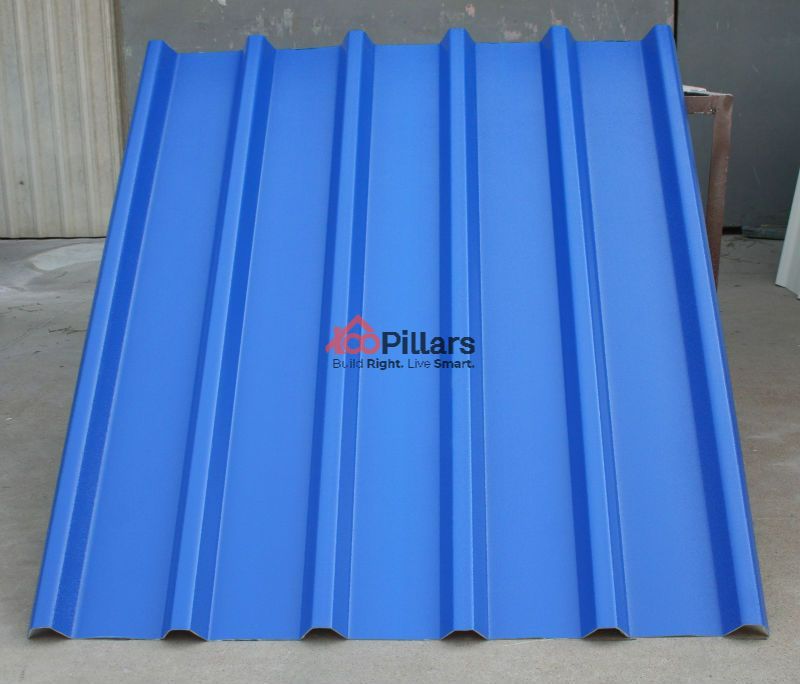
Plastic roofing sheets are different from polycarbonate roofing sheets in that they are not meant for prolonged wear and tear. They are not built to last but are preferred in temporary structures and low-value installations. Plastic roofing sheets can vary from polythene tarps to plastic boards that are fixed across a metal or wooden frame. The primary intent is to prevent direct sunlight and protect against rain. They are not meant to be durable or resist wind, storms, etc.
Plastic roofing sheets can be used to cover exposed regions during retrofits or storage rooms etc that house material. They are very cheap and can be installed in a matter of hours. They also come in different colors and thicknesses and can be easily worked on-site to achieve complex settings.
Stone-coated Steel Roofs
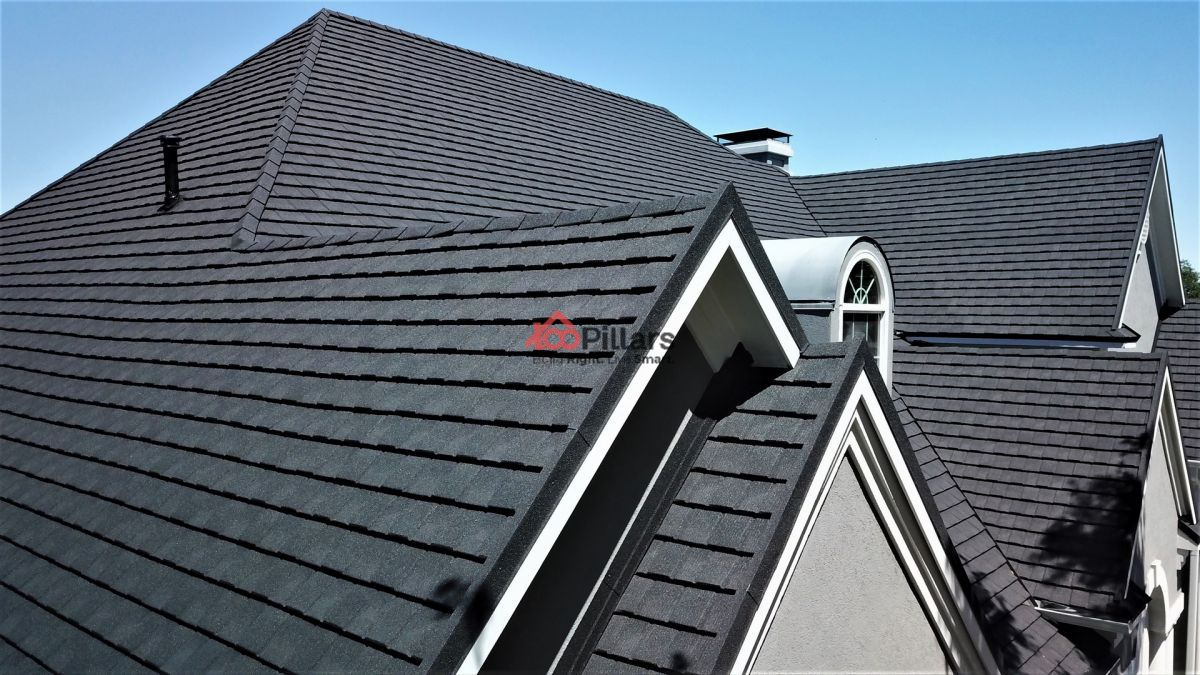
Steel or metal roofs as mentioned above are an extremely robust form of roofing. They have one main disadvantage: they are high maintenance and are not very natural to look at. To counter this they are coated with a rust-proof coating and a layer of thick stone that is permanently fixed to the steel substrate.
Stone-coated steel roofs are available as sheets as well as individual shingles and need to be installed by professionals. Though the initial costs are higher this form of roofing requires little to no maintenance over long periods and is highly weatherproof. They are lighter than most other roofing materials and also help save costs structurally.
Green Roofs
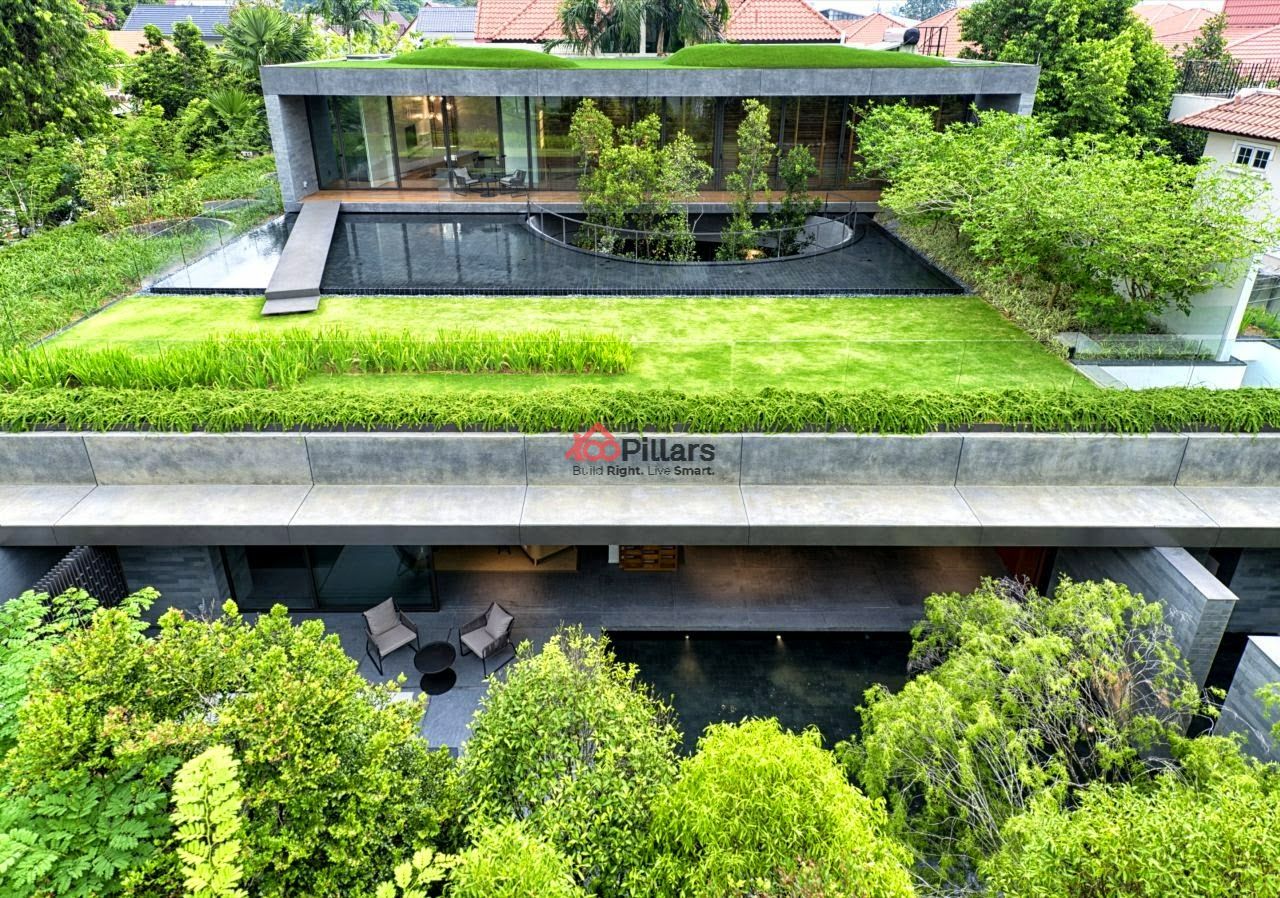
Green roofs or eco-roofs are designed to host and nurture plants and green cover. The roof may be fully or partially covered with a medium of growth such as soil and fitted with irrigation, and drainage systems. While converting an existing roof or building a new green roof it is important to pay attention to waterproofing and the weight of soil and vegetation.
Green roofs are installed over robust waterproofing membranes and also consist of root barriers that ensure the life of the building by protecting against cracks and seepages. These also help reduce maintenance costs. Green roofs are a great option for homes, even if only a part of the roof is to be used as one. Such roofs greatly increase the aesthetics of the home, are environment friendly, help insulate your home from above and enhance the mental well-being of the residents.
Top Out
India experiences a tropical wet and dry climate in most regions with both harsh summers and monsoons. Climate is the most important deciding factor when it comes to selecting your roof and it would bode well to consult with your builders and architects when making the decision. That said it is important to pay attention to the architectural facet that roofs contribute. It can completely transform the external look and feel of your home and interiors too.
To get the right inputs to consult with experts like 100 Pillars who know your region well and have constructed and maintained scores of homes for many delighted homeowners. When it comes to putting a roof over your head we do it with responsibility and pride!


